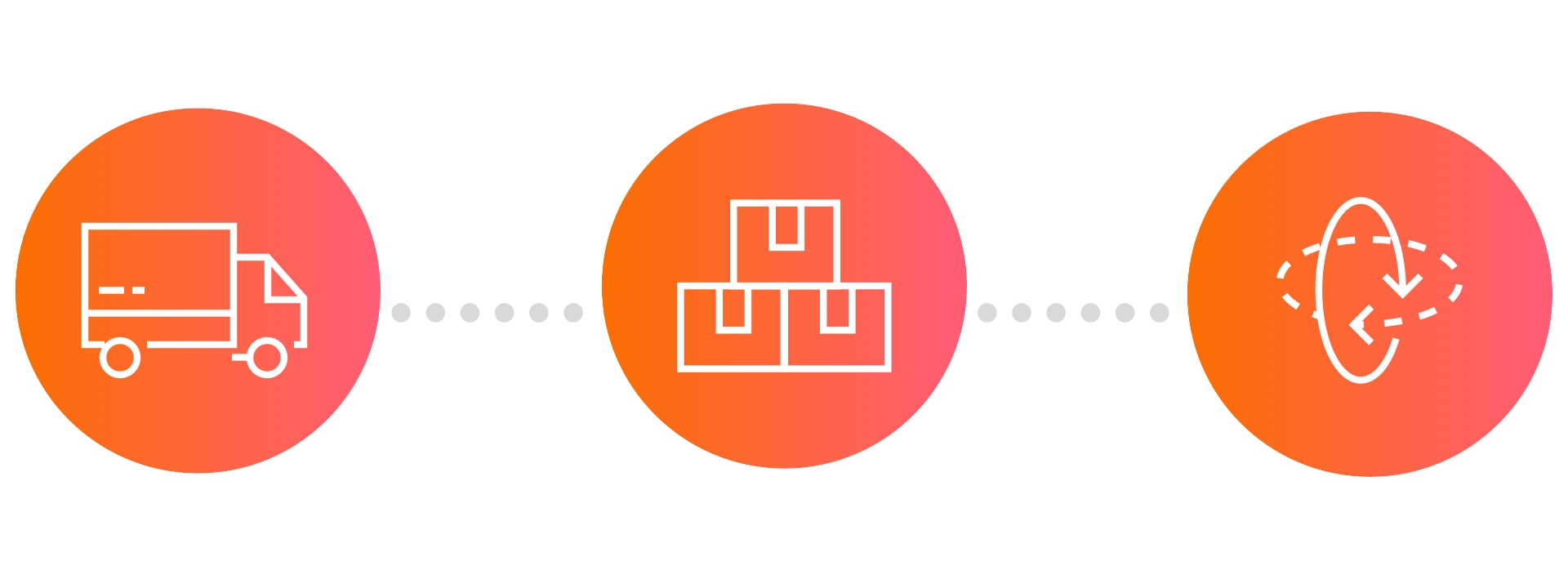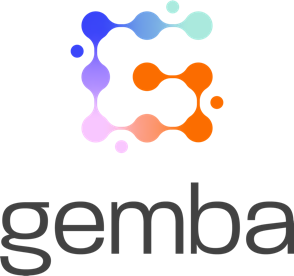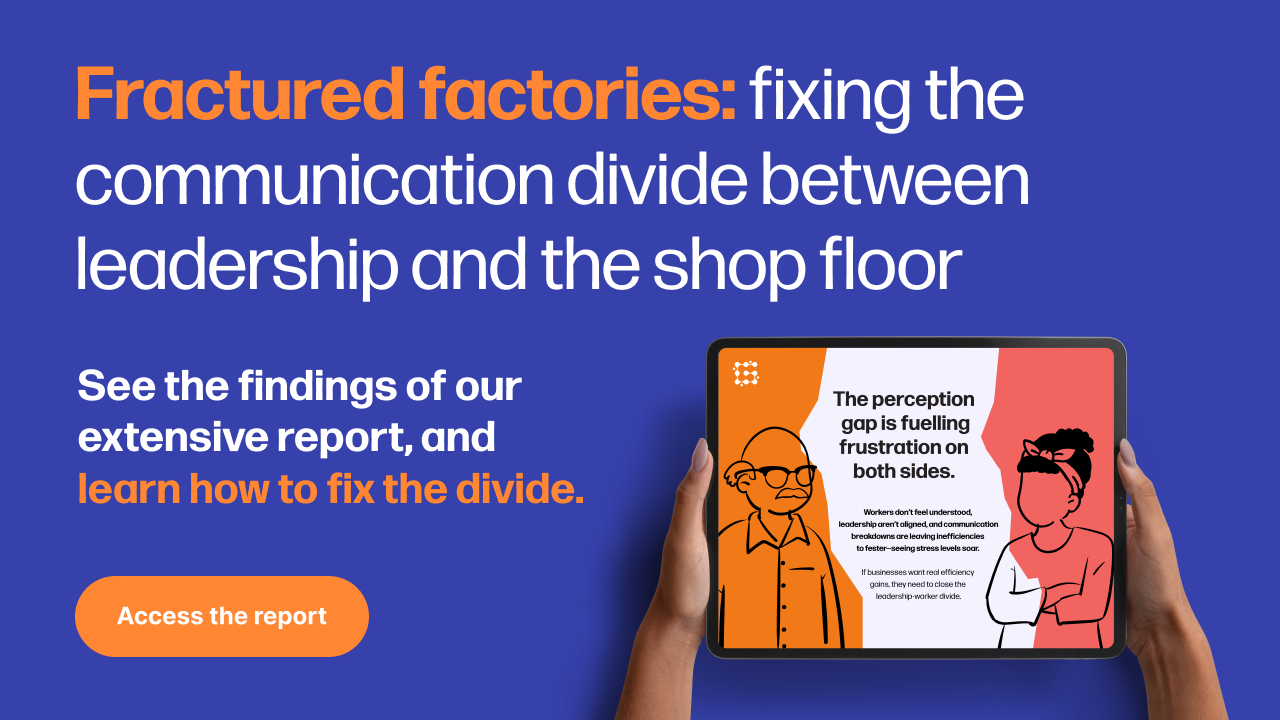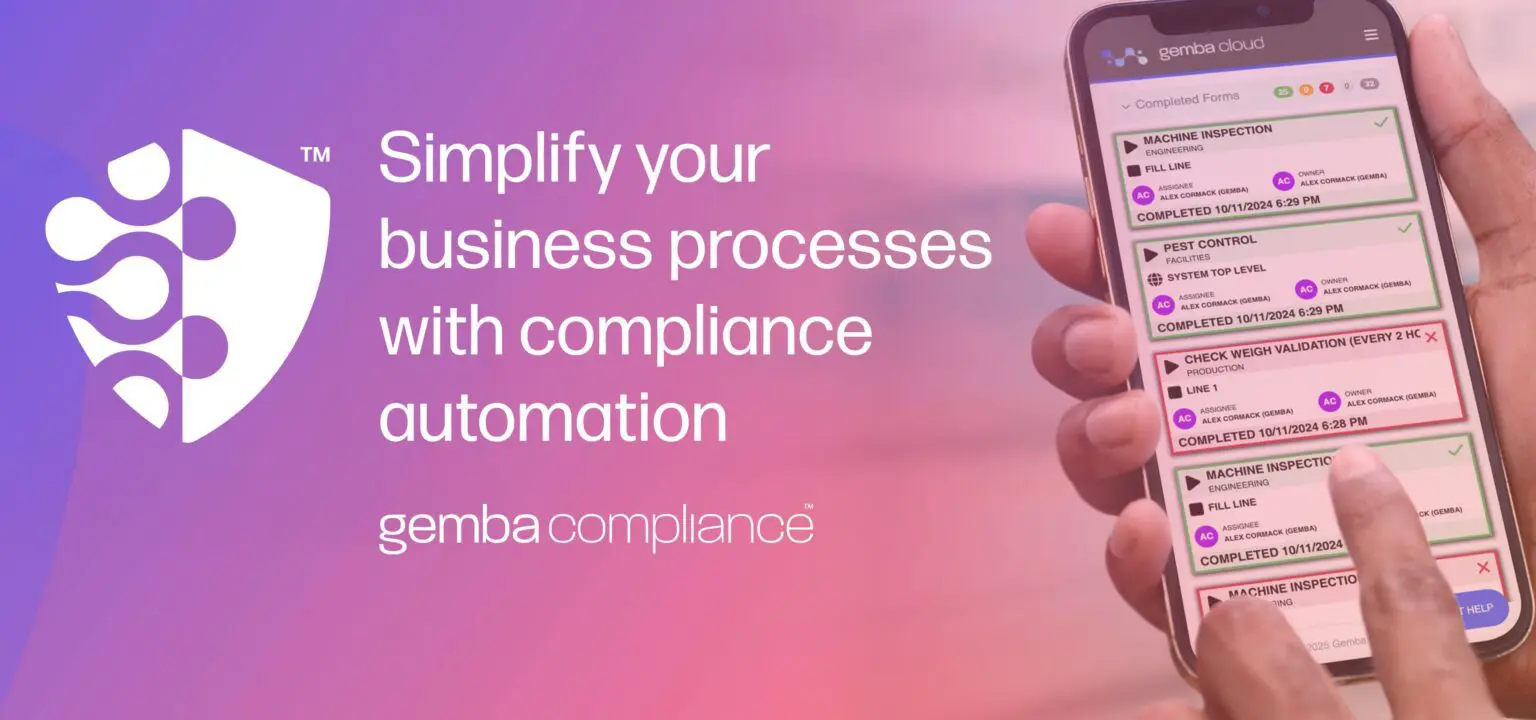
In simple terms, the whole point of business is to make money, more money than it costs to operate the business.
It can be very precarious for many businesses to overcome this fine balance, and some find themselves in a position without fully understanding how the business got there. However understanding where a business is not performing optimally is essential for ensuring survival.
Business KPI’s are generally very clear, such as measuring sales made and operational costs etc. But the causes of operational losses can be subjective and open to interpretation, something that’s of no use when hard decisions need to be made.
The well known TIMWOODS categorisation of wastes is a commonly followed method and a good place to start in understanding where the losses are occurring. The categories can be difficult to fully appreciate unless a work study has been carried out on each, and they’ll also be consistently changing in magnitude and impact, but will all have an effect on bottom line results. Key points include:

1. Unambiguous information is crucial
Having robust unambiguous information is crucial for successfully overcoming hidden operational challenges, but this comes at a cost and a lot of sustained manual effort usually.
2. Collect operational data automatically
Collecting operational data, inputting, analysing and interpreting data is a common practice in many organisations and is open to errors when done manually.
3. Monitor effectiveness of internal training
Monitoring an individual’s skill can create all sorts of difficulties, emotional and subjectivity. Gemba approaches this sensitive area slightly differently to some, as we use automatically collected data to monitor the effectiveness of internal training.
If we can see obvious differences in an individual’s performance compared to others this will trigger a discussion with their manager to identify their training needs. This has been a very useful tool in identifying physical needs as well as dexterity challenges, but more often we find a review of the internal training processes closes this gap to performance expectations and recovers costs directly affecting the bottom line.
To discover your bottom line losses using the TIMWOODS approach, get in touch with us at Gemba and we’ll help you empower your workforce to achieve continuous improvement.





